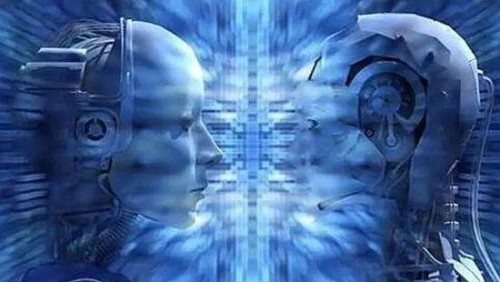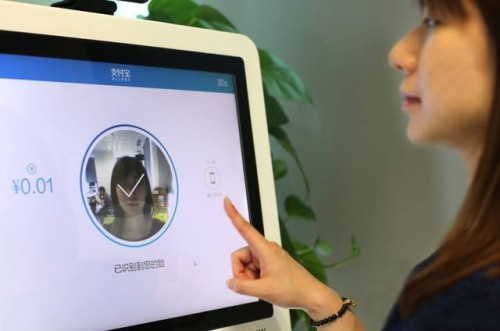The Key from Animal to God: Cognitive Revolution
There were at least six different kinds of people on the planet 100,000 years ago, but today, why is there only ourselves on the world stage? What has played a key role in human evolution? The author of A Brief History of Human Beings, Juval Heraly, opens with a clear answer: the cognitive revolution.
The creation of language and words enables Homo sapiens to learn to cooperate and accelerate human development through hunting efficiency and division of production. Since the cognitive revolution, Homo sapiens can rapidly adjust their behavior according to changing needs, which opens a fast way to adopt 'cultural evolution' instead of staying in 'genetic evolution'. There's always a traffic jam on the road.

With the passage of time, cognitive revolution, as the cornerstone of agricultural revolution and scientific revolution, has been evolving along with the progress of other higher-level technological forms. Among them, the most dominant cognitive evolution is the development of machine vision technology.
Observing the world with two eyes is not only the innate ability of human beings, but also one of the core biological functions of human beings. However, as mentioned above, the road of evolution of biological genes is often blocked. Modern human vision is not only inferior to that of the wise man 100,000 years ago, but also affected by the life cycle of biological functions. Diseases such as myopia, amblyopia, astigmatism, color blindness and blindness seriously limit the ability of modern human beings to explore and observe the world.
If we can't see farther, how can we know the vastness of the sky? If you can't see the subtle morphology of molecular atoms, how do you describe the code of life genes? In recent years, with the rapid development of artificial intelligence technology, machine vision is evolving from imitating human vision to surpassing human vision.

The First Three Visual Revolutions in the Course of Human Cognition
Unlike the relatively slow evolution of human beings, the evolution of machine vision is fast and subversive, and the way machine sees the world is experiencing revolutionary breakthroughs. First of all, the color dimension, just as the infant's 'horizon' has only black and white color in its early stage, the photography in its early stage can only record the monotonous black and white world because of the limitations of sensitive materials and later technology. Until the end of the 19th century, with the breakthrough in optical research, photographers used different color filters to take and synthesize color photographs later, making the machine's visual ability take the first step forward.
Subsequently, machine vision ushered in the second revolution from analog to digital, still taking common photography as an example. Early photography used film sensitization to simulate imaging. With the maturity of digital technology, digital camera camera camera mobile phone gradually replaced the way of analog recording image. Machines observe and record the world. Style becomes more efficient and convenient.
The third visual revolution comes from the application of charge-coupled elements in photographic and video products. By converting light signals into charge signals, a higher resolution picture can be obtained. The number of pixels has increased greatly from 100,000 at the beginning to 10,000,000 pixels, so that the details of the picture can be displayed more delicately. Machine vision can achieve a higher resolution picture from 100,000 to 10,000 pixels. Puqing is moving towards the era of high definition.

3D Vision Initiates the Fourth Visual Revolution
In recent years, with the rapid development of 3D sensing industry, machine vision ushered in the fourth vigorous visual revolution, visual upgrade ushered in a historic technological outbreak, which made the other three visual revolutions slightly eclipsed. The greatest feature of the fourth visual revolution is that the machine directly entered from the previous 2D plane 'horizon'. As a 3D stereo 'horizon', artificial intelligence products such as face-brushing payment, Face ID, VR, unmanned convenience stores and intelligent robots are coming to the public from the laboratory. They are frequently exposed as 'future products'. The key black technology behind them is 3D vision technology, which has become a new favorite in the field of artificial intelligence.

Biological evolution is based on the law of natural selection, which appropriately summarizes the revolutionary road of human wisdom gradually replacing the law of natural evolution. The fourth visual revolution triggered by 3D vision technology has endowed AI terminals with a pair of eyes of wisdom. With the continuous progress of hardware technology and continuous optimization of algorithms and software, machines can see not only the three-dimensional world, but also the 'understand' world. In this vigorous visual revolution, low-cost, high-performance 3D sensing technology will be the core of future intelligent hardware, support the rapid development of AIOT intelligent hardware, and promote the era of interconnection of all things.